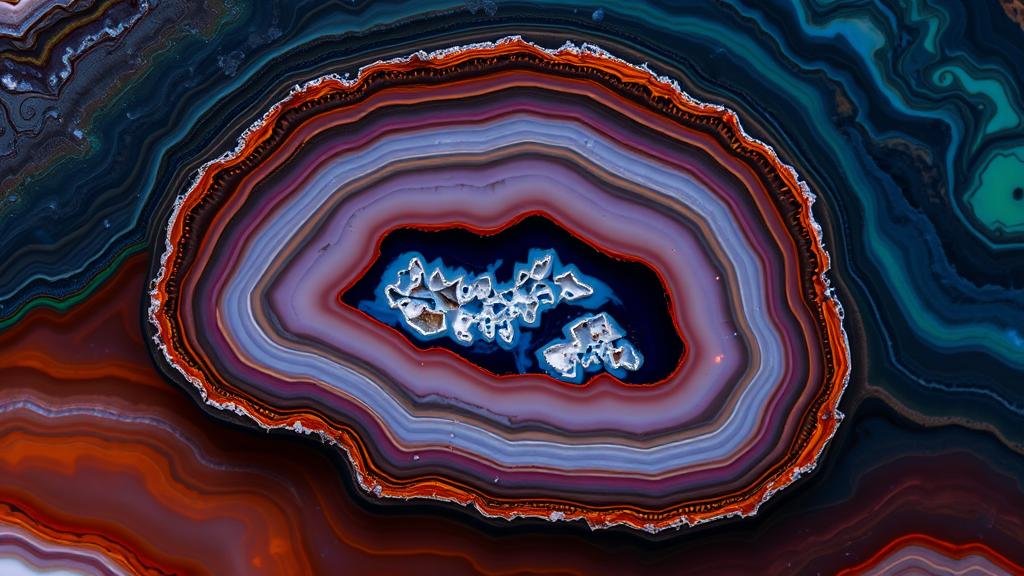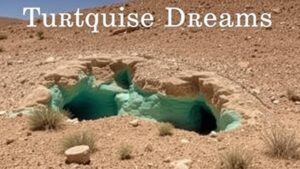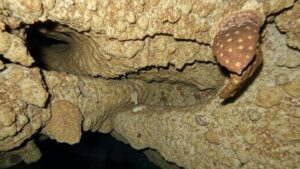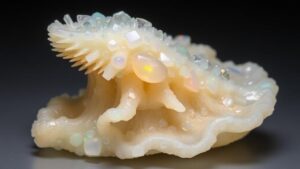Discovering agate deposits in Brazil, prized for their intricate patterns and vibrant colors.
Discovering Agate Deposits in Brazil
Agate, a form of chalcedony, is a popular gemstone known for its unique and intricate banding patterns and vibrant colors. In recent years, Brazil has emerged as a significant player in the agate market, captivating rockhounds and mineral collectors alike. The countrys diverse geological landscape provides a rich source of agate deposits, making it a prime location for discovery and collection.
Geological Formation of Agate
Agate forms through a process of volcanic activity and the subsequent slow cooling of silica-rich fluids. Significant data points indicate that agate can develop in basalt formations, which are abundant in Brazil. Over millions of years, minerals, including iron oxides, can seep into these cavities, creating the intricate patterns for which agate is prized. Brazils geographic variations, particularly in regions such as Rio Grande do Sul and Bahia, contribute to the diversity in color and pattern.
Regions Rich in Agate Deposits
Several states in Brazil are renowned for producing high-quality agate. Some of these regions include:
- Rio Grande do Sul: This state is famous for its exceptional agate, often featuring vibrant colors and striking designs.
- Bahia: Known for its diverse geological composition, Bahia produces agate with unique hues and patterns that attract collectors.
- Minas Gerais: A historical hotspot for mining, this region offers agate deposits alongside many other valuable minerals.
Physical Properties and Characteristics
Agate is characterized by its cryptocrystalline structure, which contributes to its hardness and durability. The Mohs scale rates agate at a 7, making it suitable for a variety of jewelry applications. The unique colorations come from different mineral inclusions. For example:
- Iron oxide: Often found in red and orange agates.
- Manganese: Can produce purple hues in agate.
- Chalcedony: Throughout the layers, this mineral is the primary component in most agate formations.
Collecting Tips for Rockhounds
To get started in collecting Brazils exquisite agate, consider these practical tips:
- Research Locations: Investigate specific areas known for agate deposits, as some regions yield higher quality stones.
- Use Proper Tools: Equip yourself with hammers, chisels, and safety goggles to safely extract agate from rock formations.
- Join Local Clubs: Engaging with local rockhounding clubs can provide valuable insights and potential group outings to exploring sites.
- Respect Regulations: Always adhere to mining laws and property rights to ensure a responsible collecting experience.
Market Trends and Pricing
In recent years, the demand for Brazilian agate has significantly increased, both in retail and wholesale markets. Current market statistics indicate that certain pieces fetch prices ranging from $5 to over $100, depending on their size, quality, and design intricacy. Online platforms also report increased sales of polished and raw agate stones, reaffirming the gemstones popularity.
Conclusion
Brazils agate deposits present exciting opportunities for rockhounds and mineral collectors. countrys geological diversity offers a unique array of colors and patterns while providing insights into volcanic histories and mineral inclusions. By understanding the geological aspects, employing effective collecting strategies, and staying informed about market trends, enthusiasts can enhance their collections with beautiful pieces that reflect the natural artistry of this fascinating gemstone.
Whether you are a seasoned collector or a novice beginning your journey, Brazil’s agate awaits your exploration. From the lush hills of Rio Grande do Sul to the mineral-rich valleys of Minas Gerais, agate hunting in Brazil promises to be an enriching and rewarding experience.



